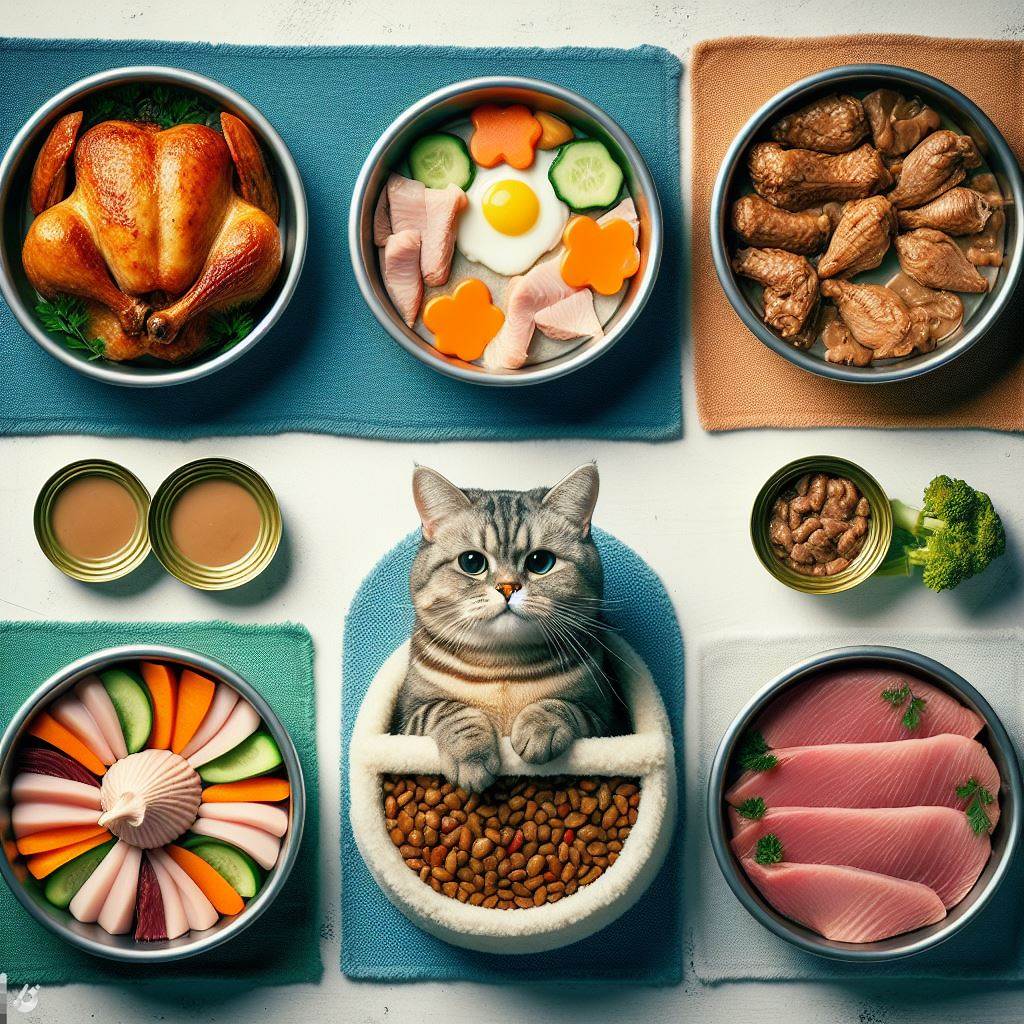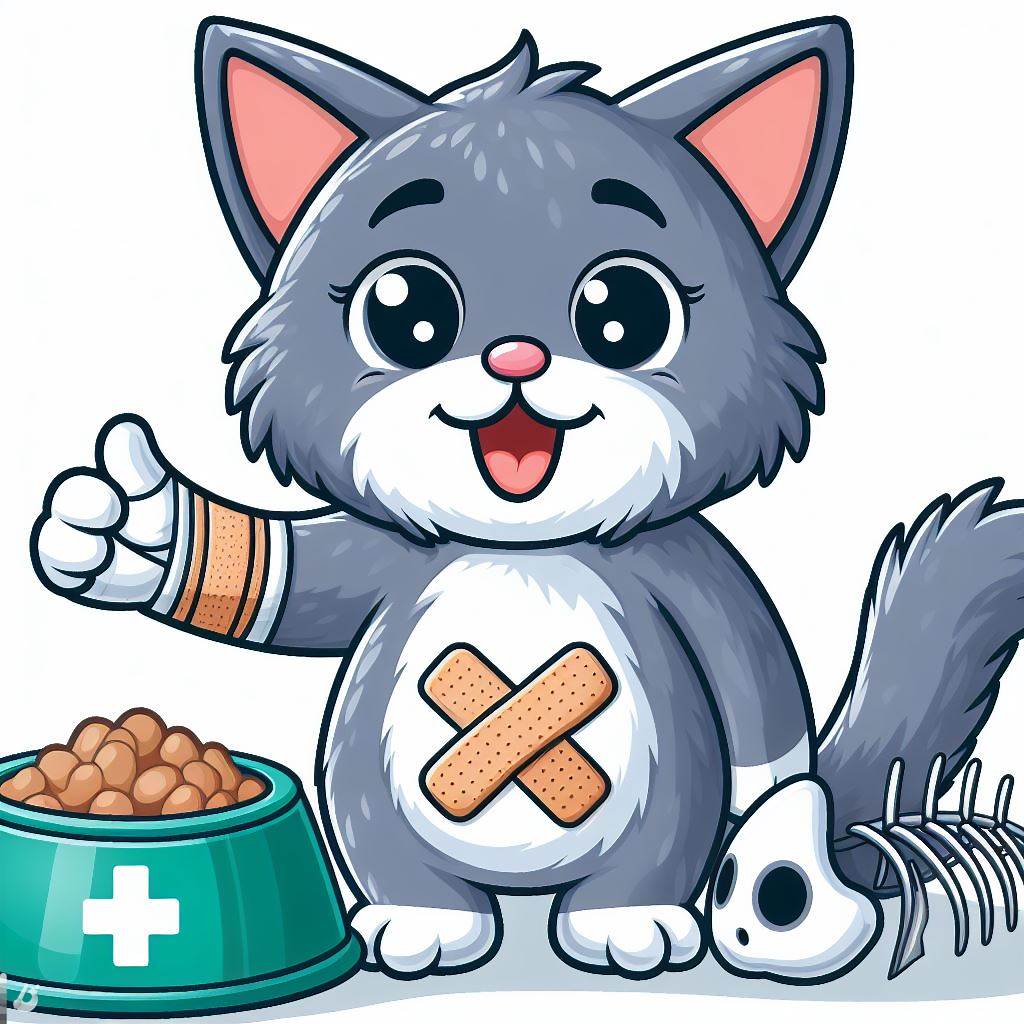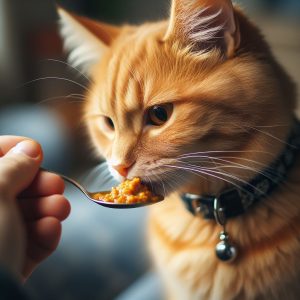You’ve just picked up your cat from her spay surgery and are so relieved to have her back home. But now you notice she’s refusing food, only nibbling her kibble rather than gobbling it down. Should you be worried about a cat not eating after spaying?
It’s actually very common for cats to go off their food for a day or two after getting spayed. Between the anesthesia, discomfort, e-collar annoyance and general stress of the vet visit, who can blame them for feeling a little queasy!
However, nutrition is important for recovery after any operation. Letting appetite issues drag on can hamper the healing process.
This guide will cover why cats may go off their food post-spay, warning signs of bigger issues, and – most importantly – proven techniques to encourage your cat to resume eating ASAP. From extra enticing treats to medication recommendations, use these tips to get nutrition and energy flowing back into your feline friend.
Reasons for Appetite Loss After Spaying
There are a few key reasons cats often don’t feel like eating for the first day or so after getting spayed:
Anesthesia Effects
General anesthesia, while extremely safe for felines, often leaves some lingering queasiness. The medication required to fully sedate them and block pain can temporarily dull appetite.
Surgery Discomfort
While the operation itself only takes 30-60 minutes, internal healing in the abdomen continues for 10-14 days post-spay. Soreness around the incision site is normal for at least a few days.
Soft Recovery Collars
The protective but annoying “cone of shame” prevents licking or chewing at stitches. But it also makes eating and drinking more challenging with limited neck movement.
Sudden Change in Routine
The disruption of a vet visit and operation is stressful! Travel, unfamiliar environments, new people – all are unsettling changes in habit for sensitive kitties.
With so much going on medically and environmentally, it’s not surprising appetites take a temporary dip until cats start feeling more settled and healed.
Warning Signs to Look Out For
While appetite fluctuations for 1-3 days post-spay are normal, ongoing disinterest in food beyond this should be addressed.
Contact your vet promptly if your cat shows these more concerning symptoms:
- Refusing all food for more than 48 hours
- Persistent vomiting or retching
- Signs of pain or medical distress
- Strange behavior changes like lethargy or restlessness
- Failure to pass stool or urine
Rapid post-op deterioration like above could indicate issues like infection or poor reaction to anesthesia requiring medical intervention.
Better safe than sorry! If your parental instincts say something seems “off” about your cat after her operation, pick up the phone to your vet. Discuss what you’re observing and get guidance on next steps.
For most cats, however, it’s just a matter of coaxing that appetite back on track…
8 Tips to Get Your Cat Eating Again After Spaying

Here are my top home remedies for encouraging a cat who’s being stubborn about eating post-surgery:
1. Make Their Favorite Foods More Smelly and Tasty
Cats have a notoriously strong sense of smell – 14 times better than us humans! They rely heavily on aroma to stimulate appetite.
Warming up wet foods releases more odor molecules as heat accelerates evaporation. The stronger “yum” factor can entice nibbles.
Or for dry kibble, sprinkle on some tuna juice, bone broth, or fish oil. Cat “crack” if I’ve ever seen it!
2. Serve High-Value Treats
As the saying goes, “Out with the old, in with the new!” Ditch bland kibbles for ultra-fragrant and delicious human foods like:
- Sliced deli turkey
- Rotisserie chicken
- Canned tuna (in water)
- Salmon (unseasoned)
- Beef baby food
Churu puree-style treats are another outstandingly stinky, irresistible option.
3. Make Meals More Accessible
Is it uncomfortable for kitty to crane her neck fully in the recovery collar? Help by hand feeding pieces gently.
You can also place dishes at ground level temporarily so she doesn’t have to work so hard for a bite. Elevated levels may exacerbate nausea too.
4. Prevent Dehydration
Dehydration dulls appetite, so providing easy water access is key.
Shallow, wide bowls are ideal as e-collars can make deeper containers tricky. Opt for still bottled water, which tastes and smells “fresher” than tap.
Tip: Add some tasty low-sodium broth or tuna juice to boost moisture intake. Cats tend to take larger water volumes when enhanced with flavor.
5. Ask About Appetite Stimulants
If your cat is still disinterested after a couple days, ask your vet about prescribing an appetite stimulant medication like cyproheptadine or mirtazapine.
These antihistamine based drugs reduce nausea while boosting appetite – perfect for getting post-op kitties eating again.
6. Avoid Sudden Food Changes
Stick with your cat’s regular pre-surgery diet if possible rather than introducing anything unfamiliar. Maintaining some consistency is comforting.
But do tempt with those special toppers and mix-ins suggested above!
7. Check In With Your Vet
Voice any worries to your veterinary team and discuss options. You know your cat best, so trust your judgement.
For rapidly declining cases, IV or syringe feeding nutrition may be necessary if a cat still refuses to eat after medications. But this would be very rare.
8. Be Patient!
While concerning, give your cat a full 48 hours after spaying for appetite to bounce back before hitting serious panic mode.
As anesthesia wears off fully, incision pain improves, and routine stabilizes most cats eagerly dive back into meals. Stay calmly optimistic!
Now you’ve got an arsenal of tips to get sustenance back into a post-spay patient! But understanding the temporary loss to begin with reduces stress as well.
Why Appetite and Energy Plummet After Spaying
Now that we’ve covered how to encourage eating after spay surgery, let’s back up briefly to understand why it tanks to begin with. Knowledge eases worries!
Appetite loss after spaying has three general causes:
1. Anesthesia Effects
General anesthesia provides deep sedation essential for surgery, but leaves most cats feeling hungover and queasy afterwards. Loss of coordination and energy are also common side effects.
Fortunately, lingering effects should fully wear off within 12-24 hours as the medications flush from your cat’s system.
2. Incision Pain
Internal healing continues for up to 2 weeks post-spay, with external incisions irritating surrounding tissues for 3-5 days. Soreness suppresses appetite.
While every patient responds differently, most vets prescribe post-op pain control meds for at least a few days which should help ease discomfort.
3. Collar Frustration
The “cone of shame” prevents licking stitches but also impairs vision, mobility and eating ability. New limitations take adjustment and can discourage food consumption.
Check in with your vet on how strictly and for how long the e-collar is necessary – they may okay periods without direct supervision. Just prevent access if obsessive licking develops.
Now you know the “why“, prepare the “how!” Use the tips provided earlier to get temptation back on the menu.
Post-Spay Recovery Tips

While the spay surgery itself may be over quickly, internal healing of the fallopian tube removal can take 10-14 days. Follow these tips for full, smooth recovery:
Limit Activity
Prevent bursts of energy that could pop internal stitches not yet fully dissolved. Crate rest is ideal, but at minimum keep jumping, stairs, and rough play at bay.
Provide Pain Medication
Give all medications exactly as your vet prescribes to keep incision discomfort at bay. Stay alert for signs she needs a refill.
Check Appetite and Bathroom Habits
Monitor eating, drinking, urine and bowel movements daily. Issues in any area could indicate complications requiring medical intervention. But most cats heal smoothly without issues.
Overall, be patient with the recovery process and lean on your vet’s guidance. With TLC support, your kitty’s appetite and energy bounce back to normal within a few days typically!
Answers to Common Questions About Post-Spay Appetite Loss
Here I’ll address some of the most frequently asked questions cat owners have about changes in hunger levels after spay surgeries:
How long until a cat eats normally after being spayed?
Most cats resume a strong appetite within 48 hours post-operation. If your cat still refuses food after 2 days, contact your vet for advice and possible medication.
Why has my cat stopped eating and drinking after spay?
Anesthesia side effects, surgery discomfort, e-collar annoyance, and routine disruption are the most common reasons. Making food tastier and more accessible helps counter the issues.
Is it normal for a cat not to eat for 2 days after spaying?
While not ideal, a day or two of picking at food rather than full meals is fairly common and not immediately alarming. But urgent vet care is warranted if appetite doesn’t significantly improve 72+ hours post-surgery.
How can I get my cat to start eating again after spaying?
First tempt her with aromatic, high-value human foods. Warming wet cat food releases more “yum” smells too. If she still refuses, ask your vet about appetite stimulant medications.
I hope these tips help explain post-spay appetite dips and how to turn it around. While decreased hunger initially is expected, ongoing refusal to eat delays healing. Address changes proactively and your kitty will be back to her old self in no time!




